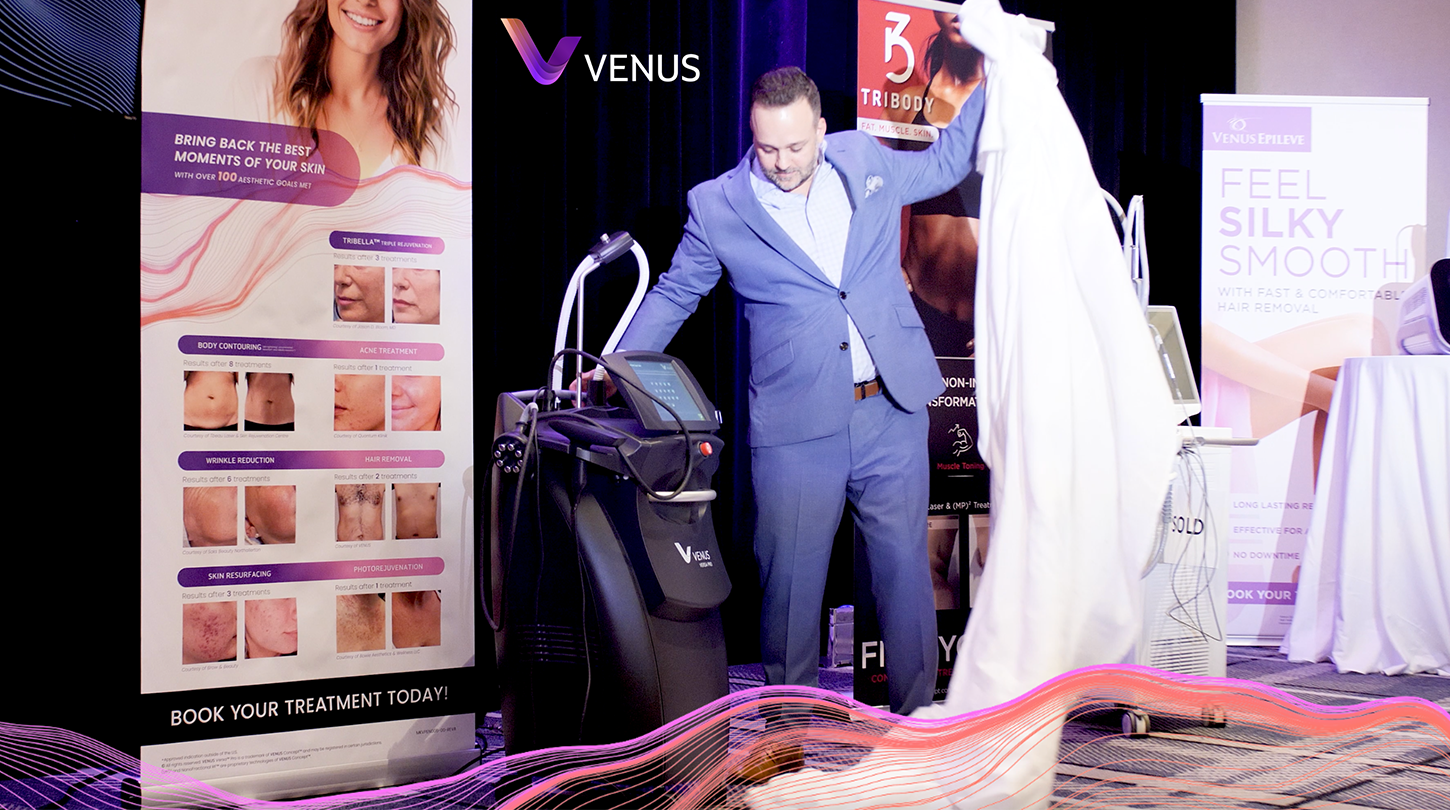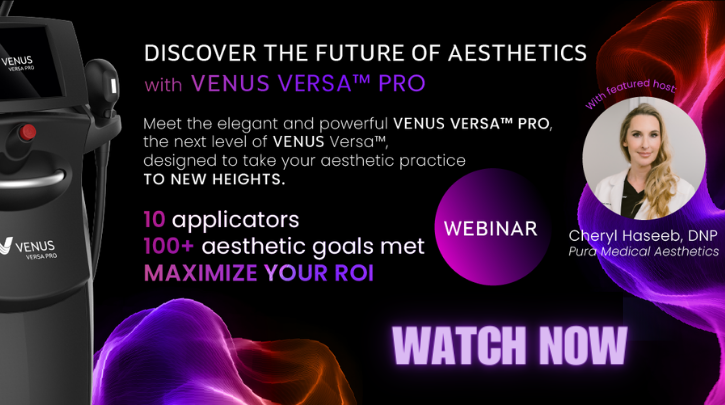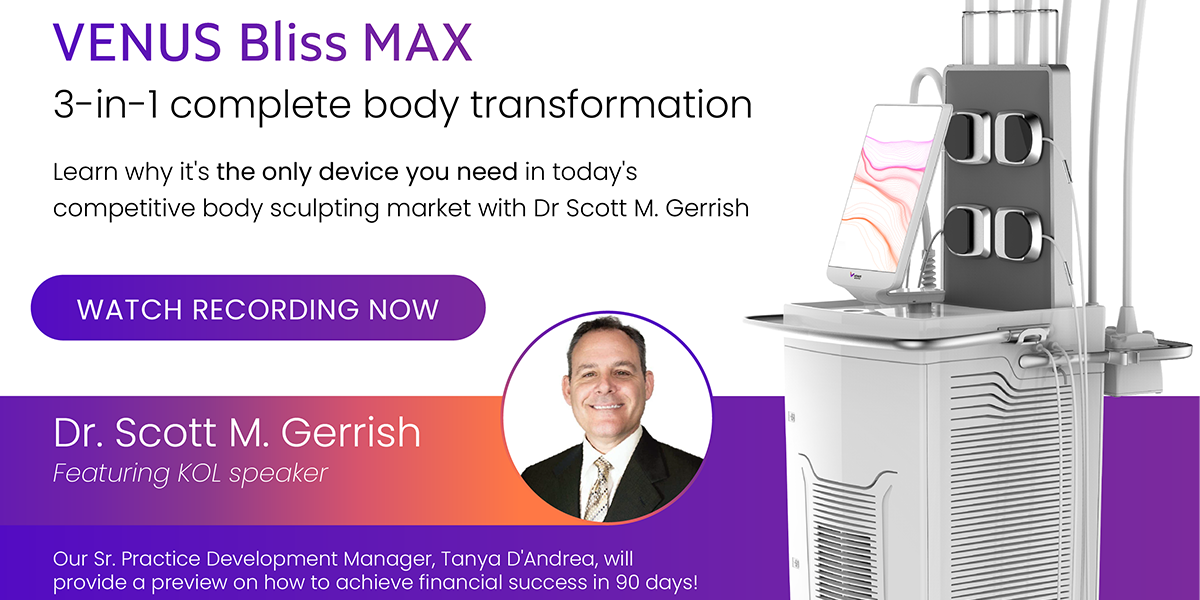How to Measure Your Consultation Conversion Success

Consultation appointments are the perfect opportunity to promote your aesthetic services. Through listening to a potential patient’s needs and recommending a personalized medical aesthetics treatment plan in person , you are able to create a strong relationship with your potential client and immediately address their hesitations. By now, you may already feel like an expert at getting the “yes” to a proposed treatment plan. But in the competitive world of aesthetic medicine, there’s always room for improvement.
Why Measure?
You have a consultation procedure in place that seems to be working, so why worry about the numbers?
Every business will likely have some prospective patients opting out. Maybe they’ve gone to another clinic, or perhaps nerves got the better of them. Whatever the reason, losing out on customers could be a sign of some gaps in your consultation process where you’re losing your prospective patient’s trust.
How do you know whether you need to make tweaks to improve your numbers?
The First Step to Improved Conversion Success
Measuring your conversion success rate is the first step to determining whether your consultation process is really working. To gain insight into where your consultation and onboarding systems have room for improvement, track your rates of patient acceptance. You may want to consider tracking this information under the following categories:
- Patient acceptance by procedure
- Patient acceptance by number of sessions within/duration of a treatment plan
- Patient acceptance by stage (i.e., did they accept your recommended treatment plan immediately or did they need some time away from the clinic to mull it over first?)
- Patient acceptance by day of the week/time of the day/season
- Patient acceptance by care coordinator/provider (or by whatever staff may be involved in the consultation process)
If a patient rejects your proposed treatment plan and offers a specific reason why, be sure to make a note of this information as well.
To determine an accurate conversion rate, divide the number of patients who signed on to a recommended treatment within a determined period (such as a week, month, or fiscal quarter) by the number of consultations booked during the same period. Calculate your overall conversion rate, as well as your conversion rate by procedure, day of the week, and—at the end of the year—season.
How to Read Your Numbers
Review your conversion rate data and search for patterns. While you may be able to infer some conclusions, ensure that the period you’re measuring is substantial enough to analyze data for overarching trends, so that your view is not skewed by too few consultations. Plotting numbers on charts and graphs may help to emphasize certain trends, including time of patient acceptance. Once you’ve identified some patterns, it’s time to take the next step: determining the reasons why.
Turning Trends into Actions
When trends emerge in your numbers or on your charts, consider what may account for them. To do so, focus on some of the following questions:
- Do fewer patients convert on days when you have fewer staff on hand?
- Do fewer patients convert at certain times of the day that tend to be more rushed or have longer wait times?
- For procedures that do not convert as strongly as others, are you or your care coordinator skilled at explaining them, or is there room for improvement? Is there too much jargon, compared to simple, relatable explanations?
- Do you have a different consultation technique for certain treatments over others?
- How do your fees compare to your competitors’ for procedures that don’t convert well? Are conversion rates affected when a financial payment plan is introduced as an option?
- Does your practice enjoy a strong reputation in a particular niche and face resistance with other services?
- Do certain staff members perform better at securing patient acceptance? If so, what do they do that stands out?
- Are there any external factors, such as press or social media, that may be playing into the success or failure of conversions for certain procedures?
As you move through this process, you will see where you can fine-tune your consultation procedures and tactics.
Repeat, Repeat, Repeat
Make tracking and analyzing your conversion rates a routine process to ensure you are able to see what’s working and what’s not, altering your tactics, language, atmosphere, or new patient intake process along the way as trends change in your data. Of course, the overall goal will be to continue to improve your numbers, perhaps even to the point that you may look to expand your clinic to take on the demand in consultation bookings and new patients.
To discover more tips on how to effectively boost conversions during the consultation process, download our invaluable eBook, “Mastering the Art of the Aesthetic Consult.”

Why Venus
Body Devices
Body Treatments
Face & Skin Devices
Face & Skin Treatments
Hair Restoration Devices
Hair Removal Devices
Legal
For more information call: (888) 907-0115 // info@venusconcept.com // 235 Yorkland Blvd., Suite 900, Toronto, ON, M2J 4Y8 Canada
For more information call: (888) 907-0115 // info@venusconcept.com // 235 Yorkland Blvd., Suite 900, Toronto, ON M2J 4T8 Canada






